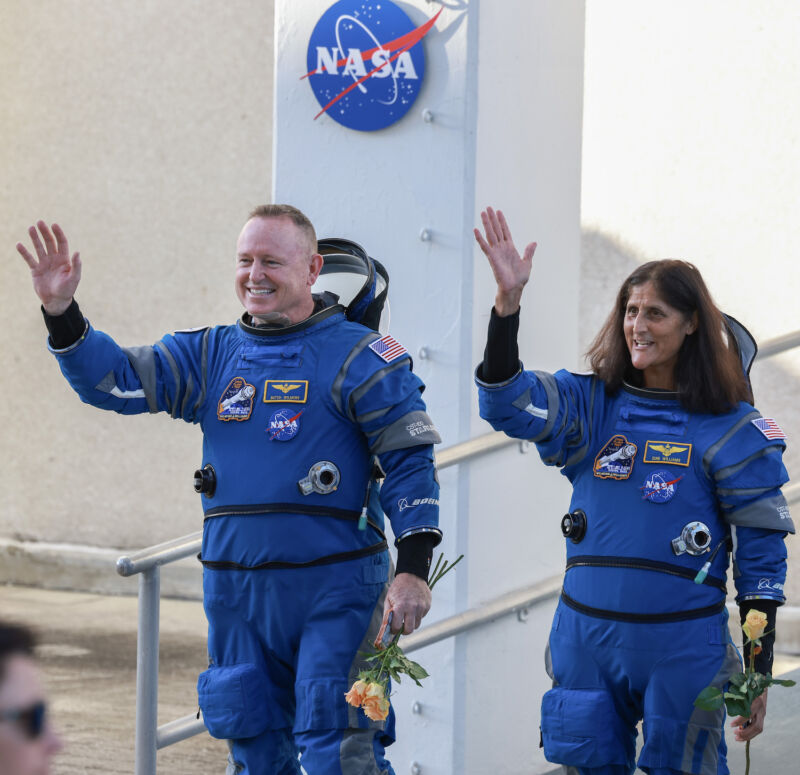
NASA astronauts Butch Wilmore and Suni Williams are no strangers to time away from their families. Both are retired captains in the U.S. Navy, have served in combat zones, and are veterans of previous six-month stints on the International Space Station.
When they launched to the space station on June 5 aboard Boeing’s Starliner spacecraft, the astronauts expected to be home within a few weeks, or perhaps a month. Their minimum mission duration was eight days, but NASA would likely approve a short extension. Wilmore and Williams were the first astronauts to fly aboard Boeing’s Starliner spacecraft, a milestone reached seven years later than originally anticipated by Boeing and NASA.
The test flight, however, did not meet all its objectives. Wilmore and Williams are now just over three months into what has become an eight-month mission at the station. The Starliner spacecraft has been plagued by problems, leading NASA officials to decide last month to send the capsules back to Earth without the two astronauts. Instead of returning home on Starliner, Wilmore and Williams will return to Earth in February on a SpaceX Dragon spacecraft.
Grateful for options
On Friday, the two astronauts spoke to reporters for the first time since NASA decided they would remain in orbit until early 2025.
“It was challenging at times,” Wilmore said. “There were some tough moments all the way through. Obviously, as a commander or pilot of your spacecraft, you don't want it to go without you, but that's where we ended up.”
Both astronauts are experienced Navy test pilots, having flown on space shuttles and Russian Soyuz spacecraft. Captains never want to abandon ship, but that’s not what happened to Starliner. Instead, their ship abandoned them.
Williams said she and Wilmore watched Starliner's departure from the space station last week from the lab's multi-window dome module. They were busy with various tasks, including monitoring the undocking and managing the space station's systems during the dynamic phase of the departure.
“We were watching our spacecraft fly away at that point,” Williams said. “I think it was good that we had some extra activity. Obviously, we know a lot about Starliner, so it was clear what was happening at any given time.”
NASA executives were not confident in Starliner's safety after five of its thrusters temporarily failed as the spacecraft approached the space station in June. They were unwilling to risk the lives of the two astronauts aboard Starliner when engineers were not confident that the same thrusters, or more, would function properly on the trip home.
It turned out that the suspect thrusters on Starliner were working after the space station left and reentered the atmosphere on Sept. 6. One thruster on Starliner’s crew module, which was designed differently from previous thrusters that had failed, failed on the return trip. Investigating that issue is something Boeing and NASA engineers will add to their to-do list for the next Starliner flight, in addition to the previous problems with overheating thrusters and helium leaks.
“It's a very risky business, and things don't always work out the way you want them to,” Wilmore said. “Every test flight, especially the first flight of a spacecraft or aircraft that's ever happened, has had problems … 90 percent of our training is preparing for the unexpected, and sometimes the actual unexpected is beyond what you ever thought could happen.”

